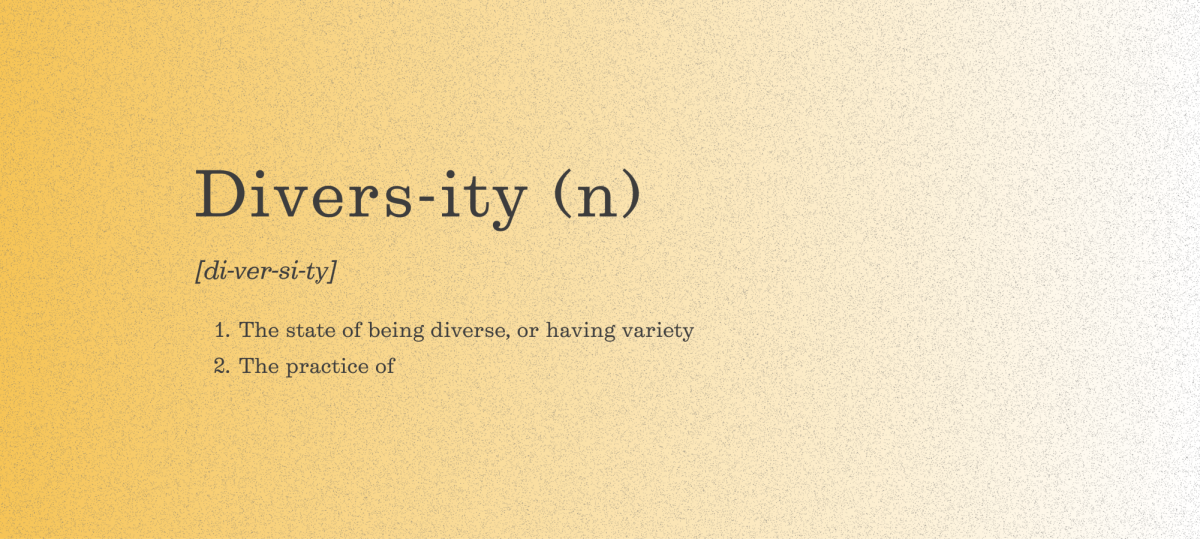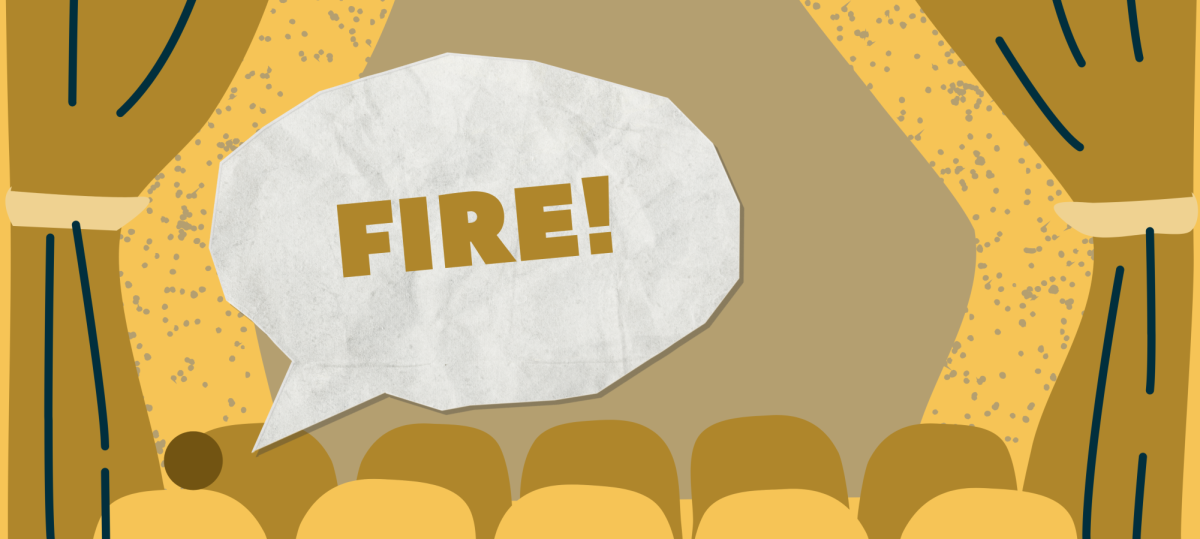According to Merriam-Webster Dictionary, the definition of “diversity” goes as follows: “1. The state of being diverse, or having variety; 2. The practice or quality of including or involving people from a range of different social and ethnic backgrounds and of different genders, sexual orientations, etc.”
It’s part of the Diversity, Equity, Inclusion, and Belonging (DEIB) program at Taipei American School (TAS).
We learn a lot about diversity in gender, race and sexuality, and how we must embrace DEIB to make our community better. But one kind of diversity is noticeably missing at TAS: diversity of thought.
TAS favors liberal-leaning, pro-DEIB narratives, but it often fails to disclose criticisms of modern implementations of DEIB. Why don’t we ever hear critical ideas about this from our school? TAS doesn’t teach much about the values on which Donald Trump won the 2024 United States (US) presidential election. If his values were truly not worth teaching, then why did over 77 million people vote for his beliefs?
So why does TAS often limit students’ exposure to only one worldview?
This isn’t a critique of diversity, but of the way liberal-leaning values are currently taught at TAS without sufficient exposure to conservative ideals—it seems like we’re only learning good things about one side of the political spectrum. This approach is polished and is often polarizing.
Let’s talk about modern DEIB.
Contrary to TAS’ one-sided portrayal of the effectiveness of DEIB, a National Broadcasting Company (NBC) poll this year reveals that 49% of Americans believe modern implementation of DEIB principles is harmful as it often polarizes people by putting too much emphasis on race and other social factors over merit and experience. I believe modern DEIB perpetuates forced disparate impact, and often shatters unity and community in the process.
The primary philosophy behind DEIB is fine. Training students to be accepting of diversity is great. It fosters growth, community, and makes us better humans. But why should we be conditioned into automatically believing that the modern implementation of DEIB is flawless?
So, I asked 34 students how they felt about our overall school’s political ideology, and whether or not they believed that our school is excessively liberal-leaning. With 0 being extremely left-wing and 7 being extremely right-wing, students rated the school’s political lean as a 3.1 out of 7, with faculty at 2, suggesting an obvious left-leaning environment. 72.8% felt that teachers often bring their personal, left-leaning opinions into class.
How is this “diversity”?
Diversity must include more than just sexuality, gender, or ethnicity. It should include all perspectives, progressive and conservative, secular and religious.
Diversity is worth defending, just as long as we’re not choosing which kinds of diversity are acceptable.



![The New York times and Financial Times newspapers on the stand in Paris, France. [PHOTO COURTESY OF UNSPLASH]](https://blueandgoldonline.org/wp-content/uploads/2025/05/photo-1730992907035-65ec4eaea035-1200x800.avif)
![[PHOTO COURTESY OF DAVINA J. (‘25)]](https://blueandgoldonline.org/wp-content/uploads/2025/03/Double-Standards-BG-Graphic-1200x848.png)
![[PHOTO COURTESY OF PIXABAY]](https://blueandgoldonline.org/wp-content/uploads/2025/03/houses-7900142_1280-1200x803.jpg)
![[PHOTO COURTESY OF PIXABAY]](https://blueandgoldonline.org/wp-content/uploads/2025/01/soldiers-60714_1280-1200x800.jpg)
![[PHOTO COURTESY OF PIXABAY]](https://blueandgoldonline.org/wp-content/uploads/2024/12/trump-2546104_1280.jpeg)